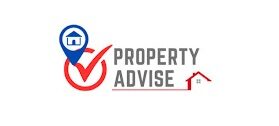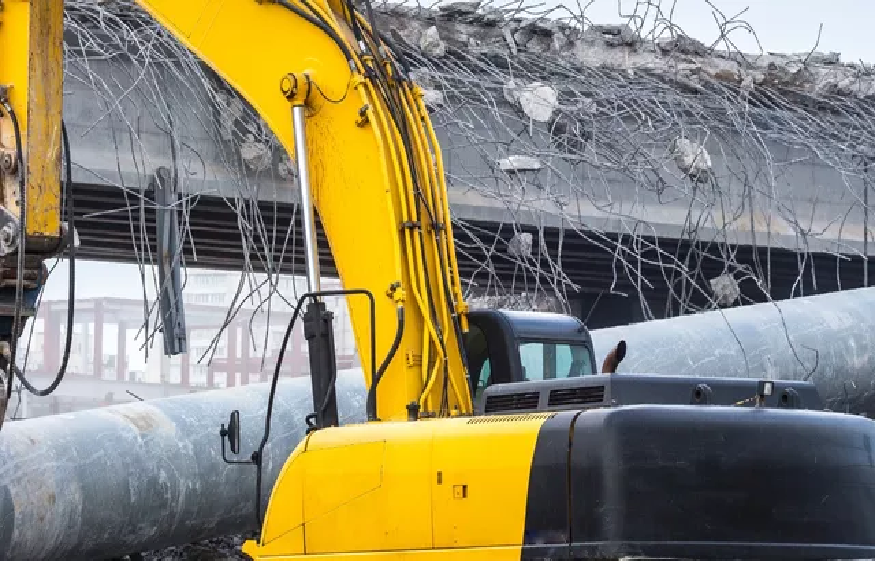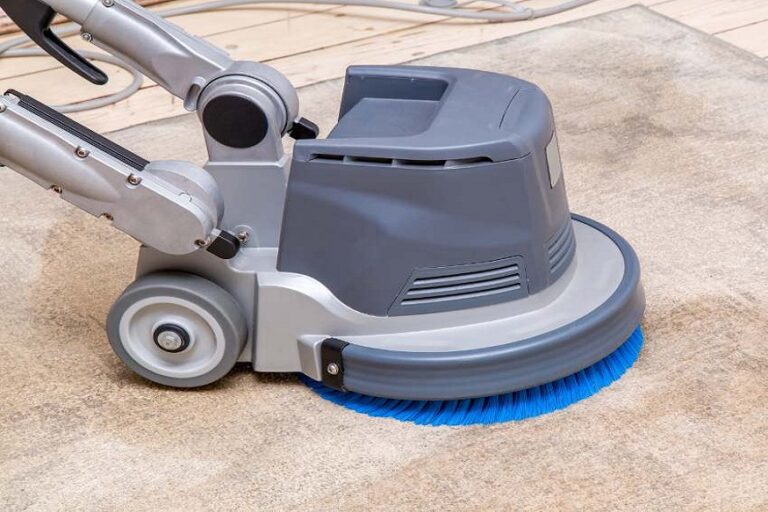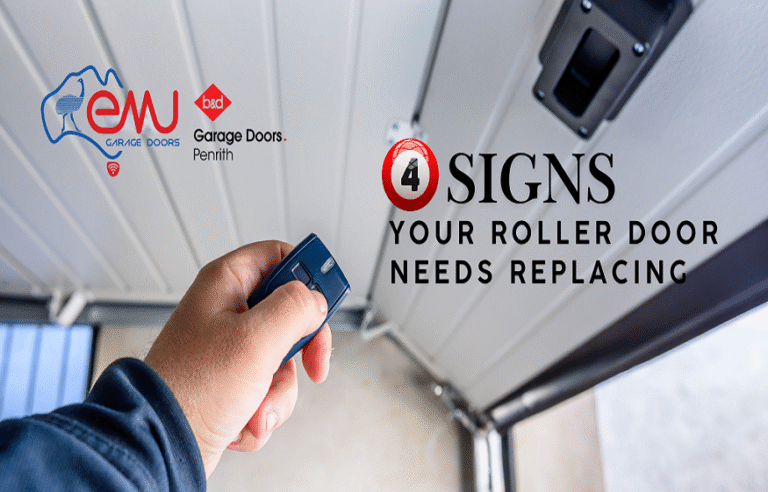Land remediation relief is available to any UK-based company involved in the clean-up and reclaiming of contaminated land within the borders of the United Kingdom. This relief can result in significant tax savings, reducing the cost of cleaning the land for safe use.
However, you must understand all the aspects of land remediation relief. Otherwise, you might not get the highest claim. That will also allow you to capture all qualifying costs. Below is how you can increase your chances of receiving your land remediation relief claim, and ensure you are receiving maximum benefits.
1. Understand What Qualifies as Contaminated Land
You must understand what contamination includes. These are hazardous substances like radon, Japanese knotweed, and asbestos. Contamination also covers any harmful materials that need proper management.
There is also the aspect of contamination that refers to lands that individuals and companies cannot use for the intended purposes without prior rehabilitation. It is vital to grasp this because only the costs of the remediation of contaminated land can attract relief. To avoid making a claim inappropriately, ensure that you understand what falls under His Majesty’s Revenue and Credits as contaminated.
2. Seek Professional Advice
On matters of land remediation relief, what the application process entails makes getting professional help helpful. These rules are complex, so it will be advisable to engage the services of tax advisors who will help you get the optimum claim. You can also hire property tax consulting services from professionals with a broader understanding of matters of land remediation relief. Property tax consultants can also help to work on the claim. They can also help with any intricacies from HMRC. That prevents challenges or delays.
3. Include All Eligible Remediation Activities
Land remediation relief covers a wide range of activities. These activities include the elimination of toxic material, sealing contaminated water sources, a treatment process of asbestos, and eradication of noxious plants. It is essential to document all activities that fall under these categories. That is why professional fees for those who work in the environment or legal expenses connected to the clean-up of contaminated land may be considered qualifying activities. Each related cost could enhance your relief. So, ensure you capture all eligible expenses.
4. Engage with Qualified Environmental Specialists Early
Some recommendations include seeking the assistance of environmental consultants as soon as possible to determine the degree of contamination and the specific work needed in the area. They can assist you in identifying as many pollutants as possible and devise the best eradication mode. These specialists can also help document the remediation process. That is an essential piece of evidence that may help in your claim. Documentation from experts assists your claim to be valid. With documentation from a qualified environmental specialist, there are few chances that HMRC may challenge your claim application.
5. Document Your Claim Thoroughly
- HMRC will not prove your land remediation relief without detailed documents that substantiate your claim. These documents are reports from environmental specialists and billing statements for all the work conducted in the remediation process, among other fees incurred. Unfortunately, if you lack its supporting documentation, you are likely to get a part of it denied. Keep a clean and structured folder for each remediation project because well-sorted claims make the process faster and can help speed up HMRC’s consideration.
- 6. Claim for Derelict Land Remediation
- In addition to contamination, relief is also available for derelict land remediation. That can include land that has been unbuilt since 1998 or early and where there are further impediments towards using the land again. Expenses that pertain to the dismantlement of building structures, the dismantling of constructions, or the backfilling of quarries that have become obsolete may also qualify for relief.
- Conclusion
- To achieve maximum land remediation relief, one needs to understand the conditions that qualify them for the relief, keep a record of activities, and be aware of new tax laws and changes. By employing the above tips and consulting a specialist for help in some matters, you will be sure that your business will be getting all the tax relief it can for cleaning up contaminated or derelict land. It not only makes a good source of income for sustaining your business; it also transforms the unused barren land into more secure and accessible land for the next generations.











+ There are no comments
Add yours